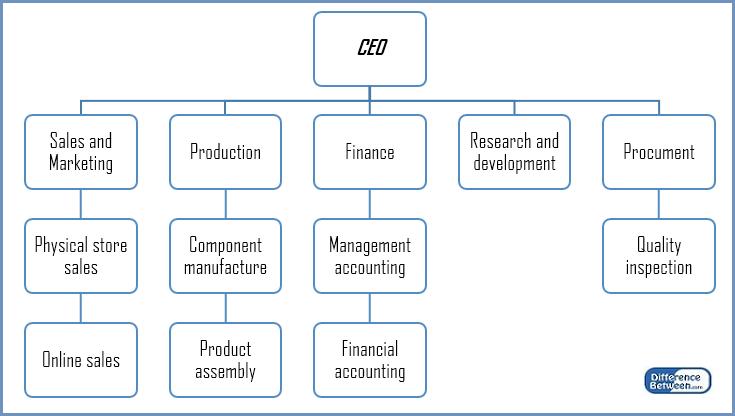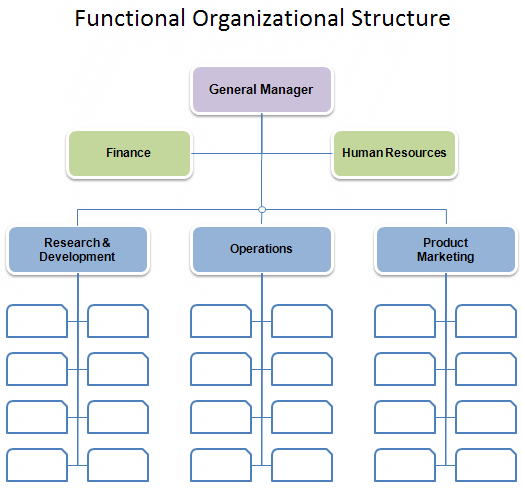
#FUNCTIONAL STRUCTURE SOFTWARE#
For example, a technical support department may have a group of individuals who deal with customer support issues and another group who deals with internal hardware and software problems. This is especially the case where a department operates on several functional levels.

Specialisation encourages departmental competence and allows large businesses to carry out operations in an orderly fashion. This is the most obvious advantage of a functional organisational structure. Long-term employees are highly specialised and can continue to focus on their development. This acts as an incentive to make employees stay long-term whilst keeping them motivated. As a result, employees can focus on what they do to achieve a promotion in the workplace and what the next step in their career is.
#FUNCTIONAL STRUCTURE HOW TO#
The hierarchical structure within a functional layout means employees have a better understanding of how to progress in their careers. Related: 20 Fun Team Meeting Ideas To Boost Engagement and Productivity Motivation Where work-related mistakes or problems occur, departmentalisation also allows individuals to consult other professionals in the field and come up with shared solutions more quickly. This leads to greater productivity as employees can carry out their tasks without supervision. Increased productivityĮmployers work in an environment that caters to their specialised skills – meaning that they can operate more quickly and efficiently when compared to those who're unfamiliar with their subject area. Additionally, the hierarchical nature of this structure ensures that every person within a department is aware of their specific roles and responsibilities. Customers or other outside parties can also direct their calls to the relevant department based on their query or request. For example, if an employee wants information on the new payroll system, they can contact someone in the HR department. Since everyone's divided according to their speciality, employees can operate with more clarity when it comes to consulting different departments. ClarityĪ functional structure ensures that everyone knows where to go for information and support in a business. The lack of crossover between departments means that company members encounter and respond to problems only in their field and can use their experience to offer a speedy solution. This is because new staff members can learn faster from those who have occupational expertise and knowledge pertaining to their role. Operational speed is a by-product of an organisation by specialisation and skill set. Here are some other functional structure advantages: Speed Related: Hierarchical Structures: Definition, How It Works and Examples Functional structure advantages It's important to consider these drawbacks so that you select an organisational structure that services your exact needs. Although there are several functional structure benefits, there are also some disadvantages. The divide according to skill set and specialisation means that businesses can benefit from increased production and target areas of concern more thoroughly. There are several functional structure benefits and disadvantages that make it one of the most common organisational types adopted by companies. Functional structure's benefits and disadvantages In this article, we discuss what a functional organisational structure is and outline some functional structure's benefits and disadvantages.

The functional organisational structure is the most popular structure for businesses, yet it's important to understand its benefits and drawbacks to make an informed decision when it comes to employing a structure. An organisational structure is essential for operating a successful business, as it allows for effective management and productivity. There are many factors that businesses consider when choosing their organisational structure, including company size, products and services, and geographical location.


 0 kommentar(er)
0 kommentar(er)
